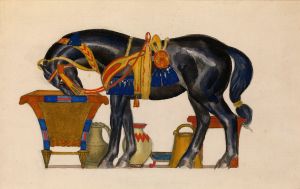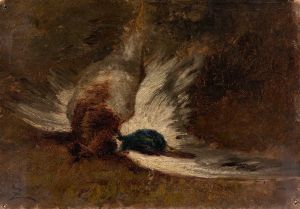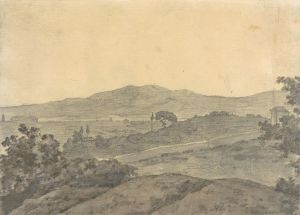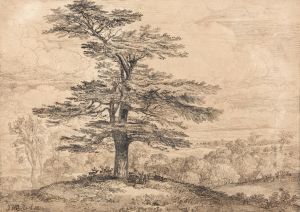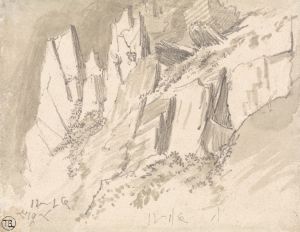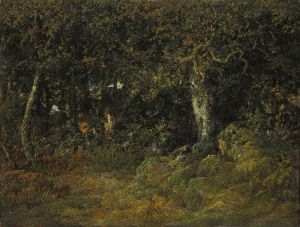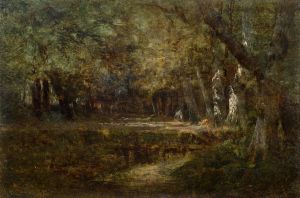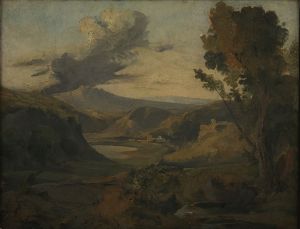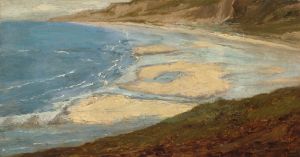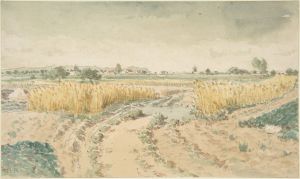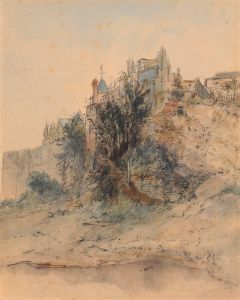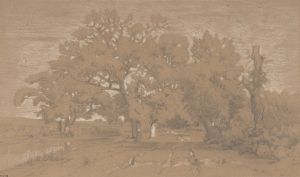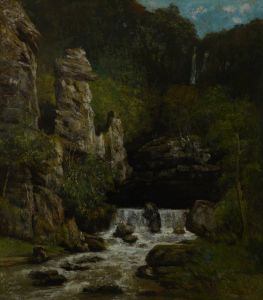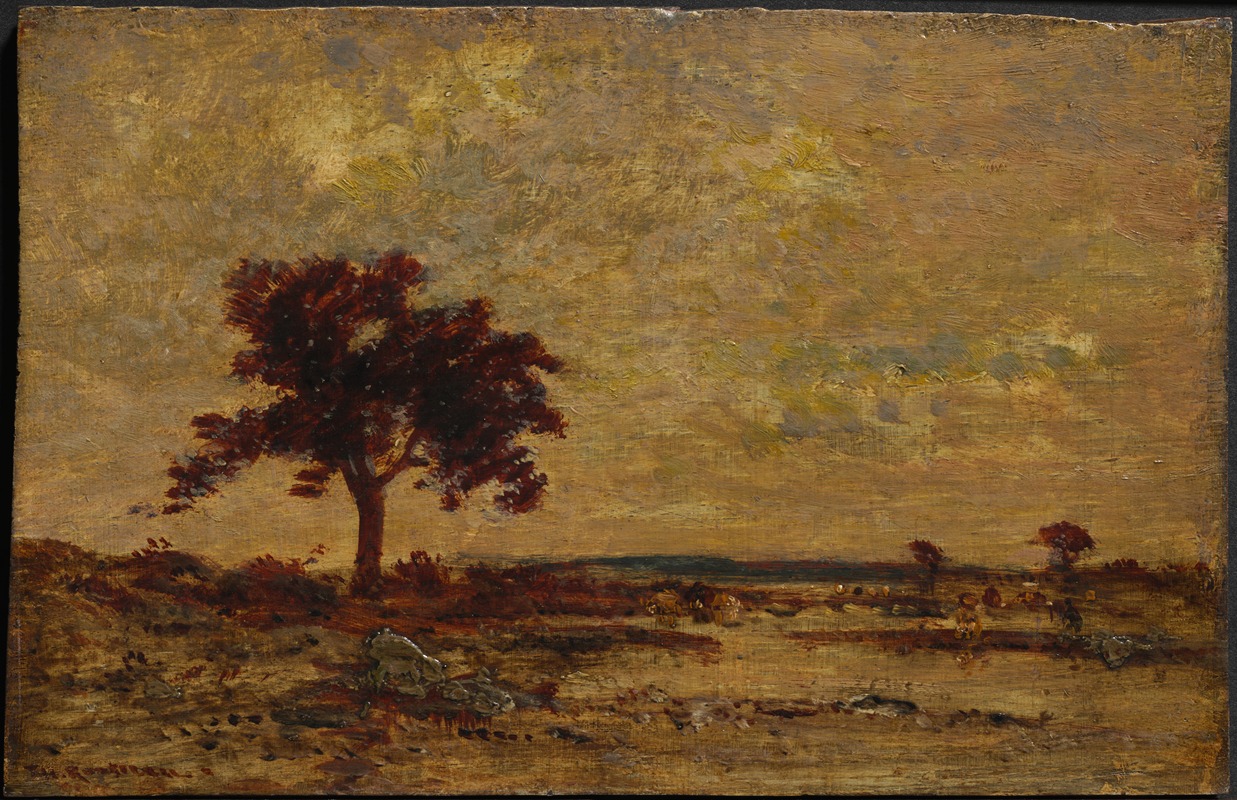
Marshlands
A hand-painted replica of Théodore Rousseau’s masterpiece Marshlands, meticulously crafted by professional artists to capture the true essence of the original. Each piece is created with museum-quality canvas and rare mineral pigments, carefully painted by experienced artists with delicate brushstrokes and rich, layered colors to perfectly recreate the texture of the original artwork. Unlike machine-printed reproductions, this hand-painted version brings the painting to life, infused with the artist’s emotions and skill in every stroke. Whether for personal collection or home decoration, it instantly elevates the artistic atmosphere of any space.
Théodore Rousseau's "Marshlands" is a notable work by the French painter, who was a prominent figure in the Barbizon School, a movement that played a significant role in the development of landscape painting in the 19th century. Rousseau, born in 1812, was known for his dedication to capturing the natural beauty of the French countryside, and "Marshlands" is a testament to his skill and vision.
The Barbizon School, named after the village of Barbizon near the Forest of Fontainebleau, was characterized by its focus on realistic depictions of nature and rural life. This movement emerged as a reaction against the formalism and artificiality of the academic art that dominated the period. Rousseau, along with other artists such as Jean-François Millet and Camille Corot, sought to paint landscapes directly from nature, emphasizing the changing moods and atmospheres of the natural world.
"Marshlands" exemplifies Rousseau's commitment to these principles. The painting captures the serene yet dynamic environment of a marshland, with its interplay of water, vegetation, and sky. Rousseau's use of color and light is particularly noteworthy; he employs a palette that reflects the subtle variations in the landscape, from the deep greens of the marsh vegetation to the soft blues and grays of the sky. The composition is carefully balanced, drawing the viewer's eye across the canvas and inviting them to explore the intricate details of the scene.
Rousseau's technique in "Marshlands" demonstrates his mastery of plein air painting, a method that involves painting outdoors to directly observe and capture the effects of light and atmosphere. This approach was innovative at the time and laid the groundwork for later developments in Impressionism. Rousseau's attention to detail and his ability to convey the essence of a landscape without resorting to idealization or embellishment are hallmarks of his style.
The painting also reflects Rousseau's deep appreciation for the natural world and his belief in its inherent beauty and value. Unlike many of his contemporaries, who often depicted nature as a backdrop for human activity, Rousseau focused on the landscape itself as a subject worthy of artistic exploration. This perspective was influential in shifting the focus of landscape painting from the grandiose and historical to the intimate and immediate.
"Marshlands" is a significant work within Rousseau's oeuvre, illustrating his contributions to the evolution of landscape painting. It captures a moment in time with sensitivity and precision, offering viewers a glimpse into the tranquil yet vibrant world of the marshlands. Rousseau's ability to convey the subtle interplay of light, color, and form in this painting underscores his reputation as a leading figure in the Barbizon School and a pioneer of modern landscape art.
Today, Théodore Rousseau's "Marshlands" continues to be appreciated for its artistic merit and its role in the broader context of 19th-century art. It stands as a testament to Rousseau's vision and his enduring influence on the depiction of nature in art.





